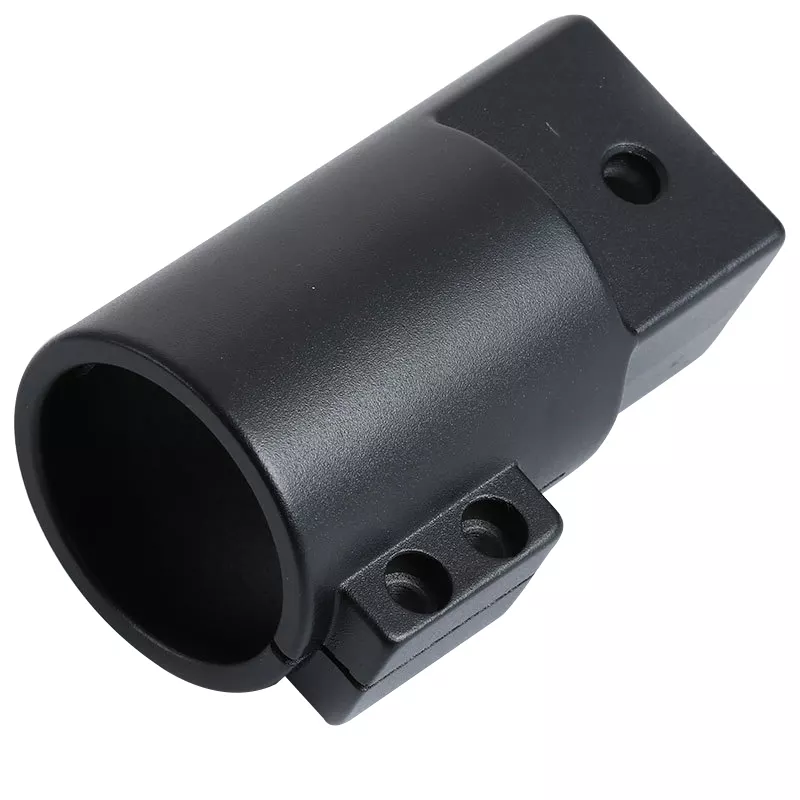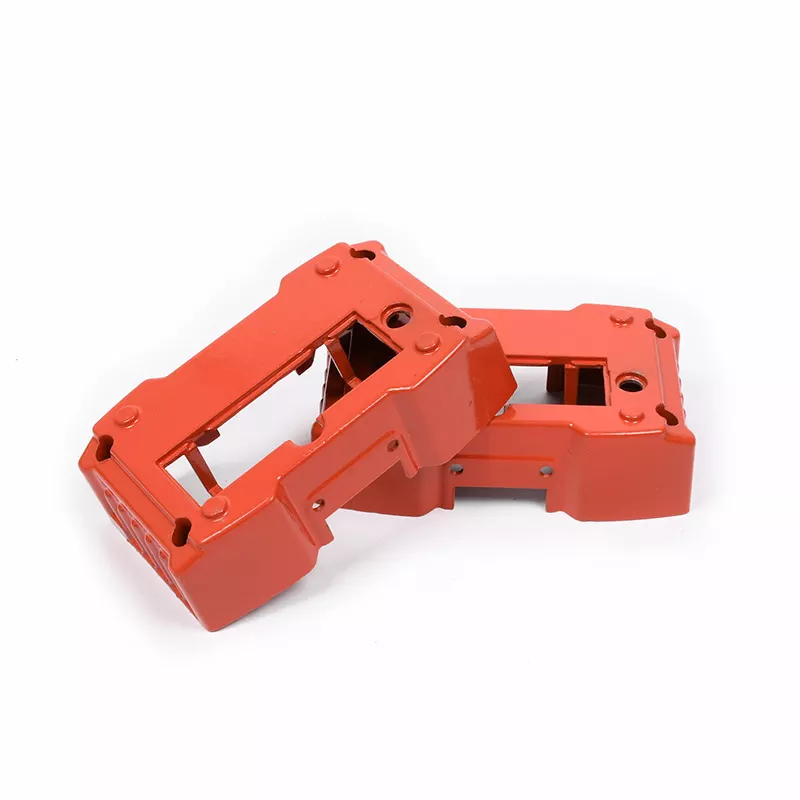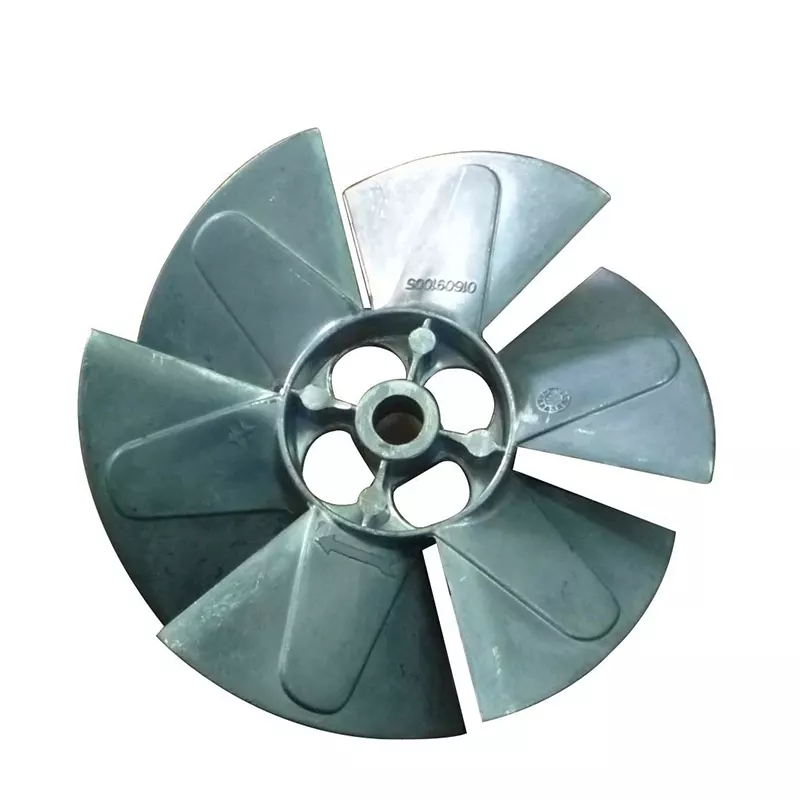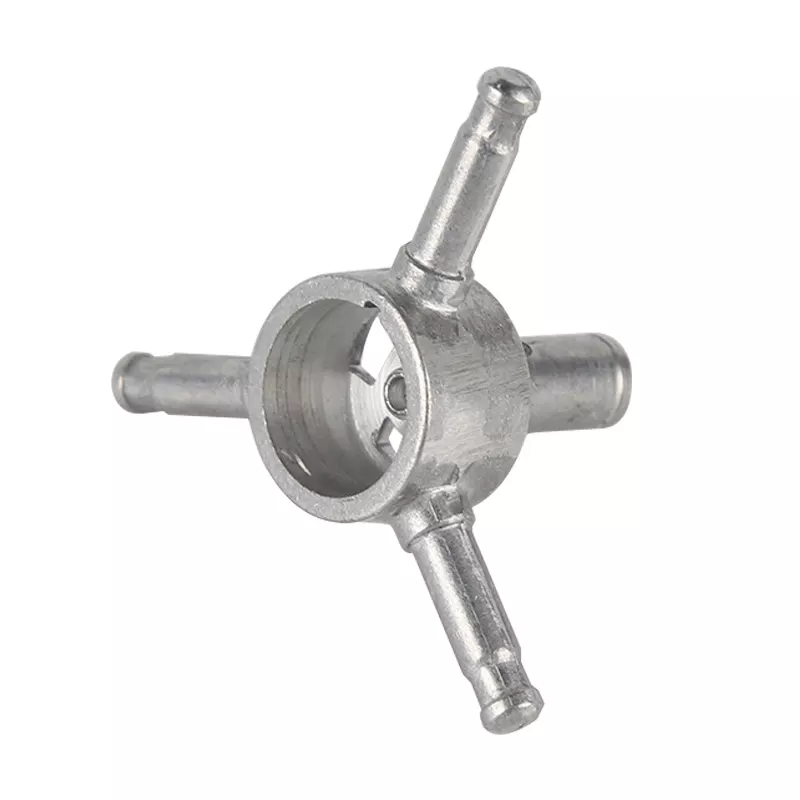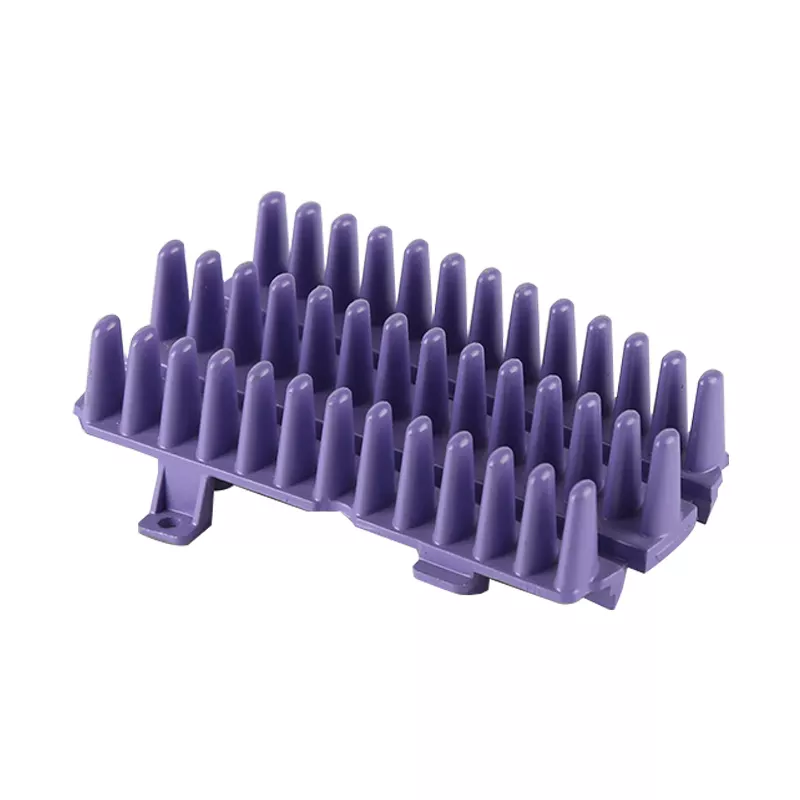In production and life, cracks often appear on the surface of aluminum alloys. The key to this problem is to consider three main links: 1 is the control of the chemical composition of the alloy variety. 2 is the casting process of alloy varieties. 3 is the operation skills and natural conditions.

The surface cracks of aluminum alloy slabs are crucial to the cooling water. Whether the cooling water is evenly distributed, the strength of the large surface and the small surface, the size of the water pressure, and the water temperature have a very large impact on the solid-liquid area.
In short, the surface cracks of aluminum alloy slabs are one of the common defects in the melting and casting process. Eight kinds of analysis reasons should be paid attention to in the melting and casting process. Ignoring every detail will cause mistakes, resulting in losses and waste. Alloy composition, impurity control issues and process settings need to be studied and analyzed according to different environments, and accurate judgments can be made. For example, slag inclusion on the surface of aluminum alloy slabs is the most common cause of surface cracks in the casting operation. Most of them are caused by improper operation, such as the control of furnace temperature-water pressure-speed-whether the horn of the flow plate is flat-the level of the crystallizer liquid level-operation, etc., exist in every detail. In order to prevent the occurrence of surface cracks of aluminum alloy slabs. This is true from semi-continuous casting to fully automatic casting. For example, the internal quality defects of fully automatic casting are a new issue. For example: Feather-shaped crystals, columnar crystals, vertical tree-shaped, bright crystal columns, etc. to produce and prevent.




